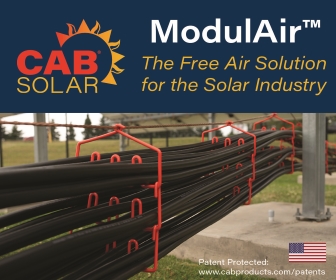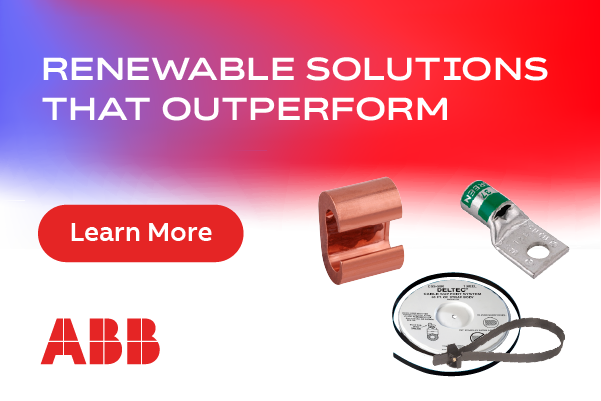New ASTM Standard Simplifies an Important PV Module Qualification Stress Test
 The photovoltaic energy industry has a new tool for performing stress tests on modules, mini-modules, or components. ASTM E3006 is a recently published standard from ASTM Committee E44 on Solar, Geothermal, and Other Alternative Energy Sources. The new standard provides a test method for ultraviolet light exposures. The background of the creation of the standard is illustrative of the value that different standards development organizations (SDOs) bring to the industry.
The photovoltaic energy industry has a new tool for performing stress tests on modules, mini-modules, or components. ASTM E3006 is a recently published standard from ASTM Committee E44 on Solar, Geothermal, and Other Alternative Energy Sources. The new standard provides a test method for ultraviolet light exposures. The background of the creation of the standard is illustrative of the value that different standards development organizations (SDOs) bring to the industry.
International Electrotechnical Commission (IEC) 61215 and 61646 are widely recognized qualification standards for defining the performance characteristics of most of the world's photovoltaic energy products. These documents, and dozens that support them, define characterization and stress tests designed to ensure the functionality of modules used in their intended environments. One of the important stress tests required by these standards is called ultraviolet (UV) conditioning. These tests were inserted into the qualification test sequence to address the rapid degradation of polymeric materials from UV light that was observed in some modules. Although the UV stress is defined, the standards offer little guidance on how to actually perform a test to meet the requirements. ASTM E3006 fills this gap by leveraging well-known technology from ASTM G154 to perform one component of the photovoltaic module design qualification test sequence.
Because the IEC technical committee responsible for 61215 and 61646 (TC 82, Working Group 2) is tasked with addressing a huge array of concerns, it often refers to standards from ASTM or other organizations to fill in gaps in its standards and avoid duplication of efforts. In the case of the UV conditioning test, ASTM is unique in the SDO world because it has an entire technical committee, G03, tasked with writing weathering standards. This test essentially is a subset of the field of weathering, and so ASTM had resources in place to assist with the development of a standard involving weathering. Historically, there has been some membership overlap in ASTM committees E44 and G03, and these relationships stimulated the development of E3006.
The new standard was the idea of ASTM E44 Chairman, David Burns, and committee member Sean Fowler, who proposed the work item during July 2012 committee meetings in San Francisco. Having worked in ASTM G03 for decades, the idea developed organically during the course of discussions about gaps in photovoltaic standards ASTM E44 might fill. Burns noted that ASTM could serve the industry by improving and standardizing the UV conditioning test to improve the reliability of test results. Fowler, an expert on weathering, agreed, and volunteered to lead the development of the new standard.
The new E3006 standard provides guidance on using fluorescent ultraviolet lamps and related technology standardized in ASTM G154 to meet the UV conditioning requirements. The result promises to simplify the lives of people who are testing to meet the qualification requirements by providing guidance on how to perform testing. They may also choose to use the test method in product development efforts aimed at improving the long-term durability of modules.
The IEC committee is working on increasing the dosage requirement in its module qualification standards and adding weathering test requirements to new component and material standards. IEC recognizes that the current requirements are insufficient to address long-term wear-out due to polymer degradation of materials from exposure to sunlight, heat, and moisture. Although E3006 is not intended to address these issues specifically, the importance of standardizing the current test will become apparent as the industry gears up for a new and improved regime of weathering-related stress tests.
Jeffrey Quill, Q-Lab Corporation. Q-Lab Corporation was involved in the development of this new standard. A free electronic copy is available to members of the industry at www.q-lab.com/ASTME3006.
Q-Lab Corporation | www.q-lab.com
Volume: July/August 2015










.png?r=8794)

